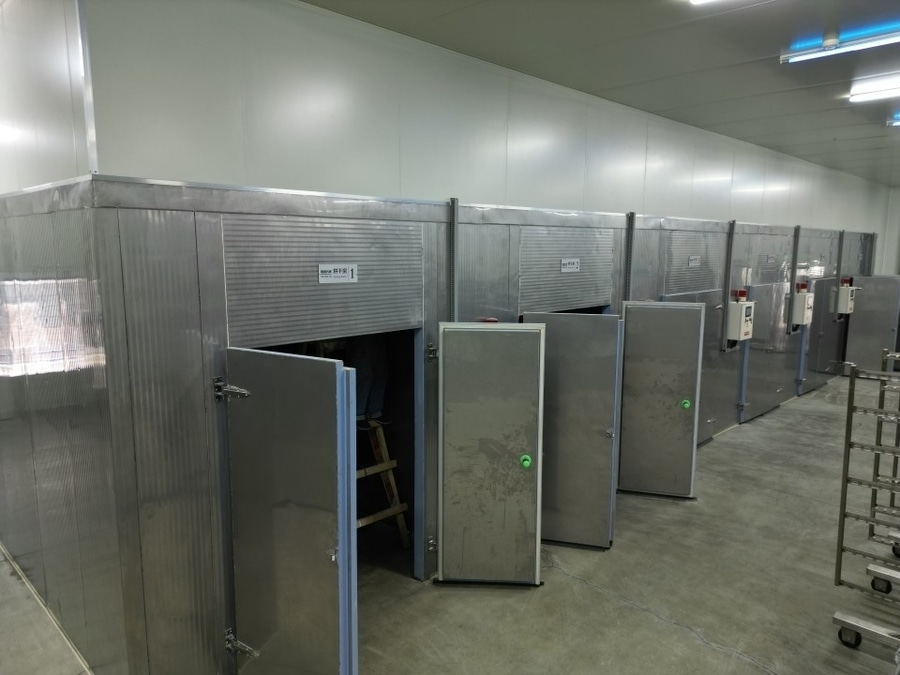
#Industry News
Different materials have different drying processes
A brief introduction
There are many types of drying materials, and their drying processes are also different. Common ones include flowers and leaves, roots, aquatic products, meat and poultry, fruits, etc. Dehydration is only the first step in drying materials, and more importantly, ensuring the drying quality of materials. Different materials require different drying processes. The following Western Flag drying equipment will introduce to you the key points of drying different types of materials and the difficulties in drying materials.
Mosaic and leafy materials usually have high requirements on the appearance and quality of the finished products. Therefore, the focus of drying is on color fixation, moisture control, and locking in the natural color of the materials. Therefore, the temperature cannot be too high and the dehydration speed cannot be too fast. Typical materials include greening of tea leaves, ripening of dehydrated vegetables, and color fixation and aroma enhancement of roses.
Rhizome materials are usually thick and the water is difficult to remove. Therefore, the key point of drying is to balance dehydration. While ensuring that the materials meet the drying requirements, the quality and appearance of the materials must also be ensured. This needs to be determined according to the internal structure and air duct of the drying room. Note: Moisture must be dehumidified in time. If moisture accumulates, sweat will form and drip on the surface of the material, causing the material to turn black.
The drying cycle of aquatic products is long and is generally required to be carried out at a relatively low temperature to avoid high temperatures affecting the drying quality of the product. In addition, aquatic products generally have a large moisture content, so controlling moisture removal is an important factor in determining drying quality. Drying seafood requires a large circulating air volume and a relatively high wind speed to prevent water vapor from staying on the surface of the material. The key points of control are to inhibit bacterial growth and differentiate between low and high temperatures.
Most meat and poultry materials have a large amount of dehydration, a large number of drying quantities, and are prone to spoilage and deterioration. The key points of drying are to inhibit bacteria and balance dehydration. Typical materials include bacon, sausages, salted duck, etc. The temperature needs to be raised quickly in the early stage to ensure that the material will not deteriorate, but the temperature should not be too high, otherwise the grease will overflow quickly and easily turn black under the action of high temperature, affecting the appearance and quality of the finished product.
Fruits usually have the characteristics of polysaccharides, strong heat sensitivity, and slow water release. Therefore, the temperature and humidity curve and time need to be strictly controlled and cannot be rushed. Fruity materials need to pay special attention to the saccharification effect during the drying process. Too high a temperature and too fast a dehydration speed will cause the material to turn black.
After mastering the material drying process, it is also important to choose good drying equipment. In the field of drying, there are more than a dozen types of dryers, including specialized fruit and vegetable dryers, wolfberry dryers, tobacco dryers, etc. The varieties are rich and can meet the different drying needs of various users.
Western Flag drying equipment is energy-saving and environmentally friendly, with a variety of heat sources available to meet users' drying needs. Drying is not affected by weather conditions and can achieve 24-hour continuous drying. The drying effect is good and the efficiency is high.





